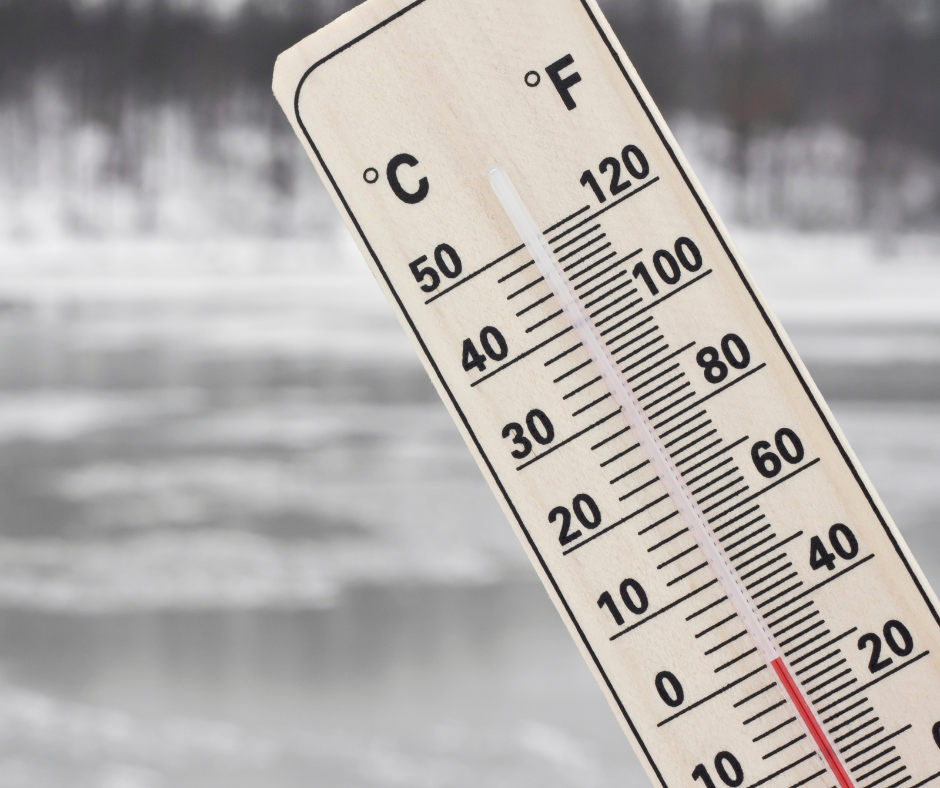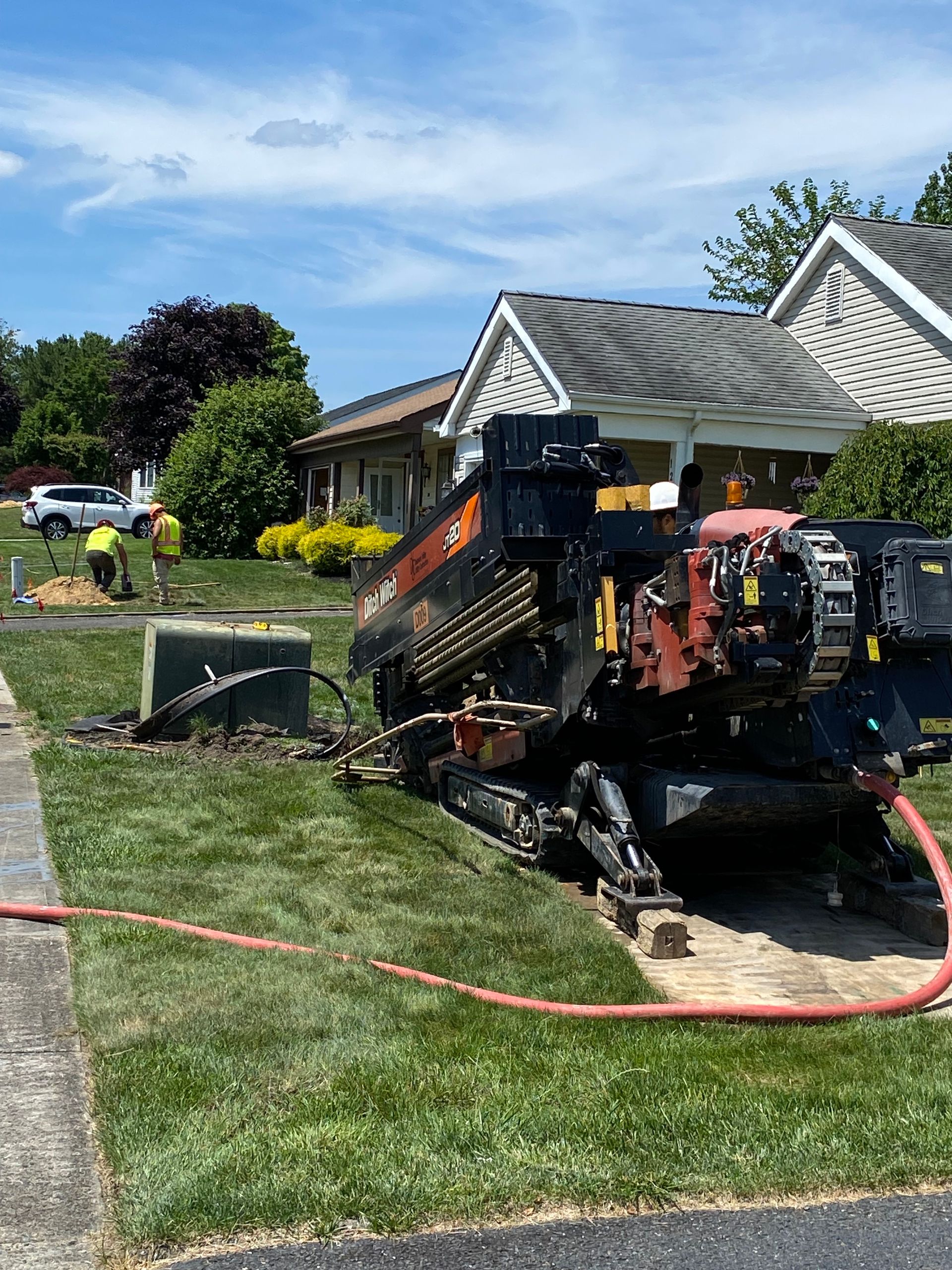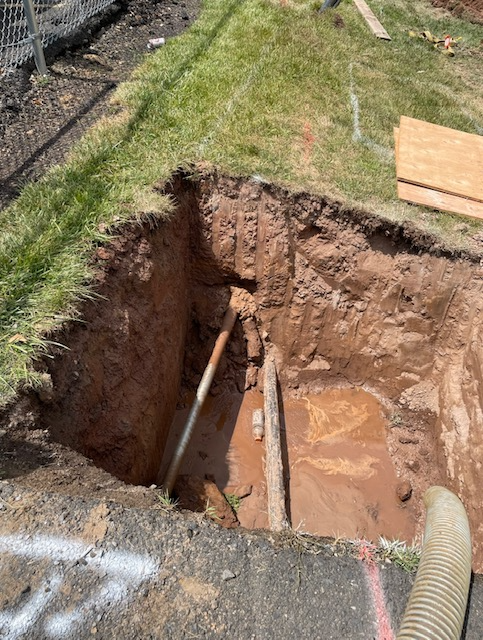How Heat Stress Affects Utility Workers

Summer is here and as the temperatures soar, so do the risks for utility workers who spend long hours under the blazing sun. Whether repairing underground lines or maintaining vital infrastructure, utility workers are on the front lines—often in full gear, with little relief from the elements. One of the most dangerous yet often underestimated risks? Heat stress.
What Is Heat Stress?
Heat stress occurs when the body cannot cool itself effectively, especially during prolonged exposure to high temperatures and humidity. It encompasses a range of conditions—from heat rash and heat cramps to the more severe heat exhaustion and heat stroke.
In the utility industry, where physical labor, heavy PPE, and outdoor work are non-negotiable, the risks of heat stress are dramatically amplified.
Why Utility Workers Are Especially Vulnerable
1. Prolonged Outdoor Exposure
Utility crews often work 8 to 12-hour shifts outdoors. Unlike office jobs, there’s no air-conditioned break room a few steps away.
2. Physical Demands
Climbing, digging, lifting, and troubleshooting electrical systems all increase internal body temperature—especially under a blazing sun.
3. Heavy PPE and Uniforms
Essential for protection, personal protective equipment (PPE) often adds layers of insulation, making it harder for the body to dissipate heat.
4. Remote Work Locations
Many job sites are isolated, meaning medical help may not be immediately available in case of a heat-related emergency.
The Hidden Costs of Heat Stress
Ignoring heat stress isn’t just a health hazard—it’s a business risk.
- Reduced productivity: Workers slow down or stop altogether to cope with rising temperatures.
- Increased errors: Fatigue and dehydration impair cognitive function, increasing the risk of accidents.
- Higher medical costs and liability: Heat stroke can be fatal and lead to costly compensation claims.
- Worker turnover: Unsafe working conditions can drive skilled workers away.
Recognizing the Warning Signs
Early symptoms of heat stress include:
- Excessive sweating
- Dizziness or confusion
- Muscle cramps
- Headache or nausea
- Rapid heartbeat
If left untreated, these can progress to heat stroke, a life-threatening emergency that requires immediate medical attention.
Tips for Protecting Yourself in Summer Heat
Now that you understand the risks associated with heat stress, taking preventive measures becomes paramount:
Stay Hydrated: Drink plenty of fluids like water and electrolyte-rich sports drinks. Avoid beverages with caffeine (e.g., soda), as they can contribute to dehydration.
Use Sun Protection: Apply sunscreen with at least SPF 30 to exposed skin. Wearing hats and sunglasses provides additional protection where permissible.
Take Regular Breaks: Despite deadlines, taking breaks helps prevent overheating and reduces the risk of heat-related illnesses.
Don't Wait for a Heat Crisis
As climate patterns shift, extreme heat events are becoming more frequent and intense. Protecting utility workers from heat stress isn’t just a seasonal concern—it’s a year-round responsibility. At DVUC, we prioritize safety above all else. We acknowledge the challenges of outdoor work in every season and provide comprehensive safety training to our team. Stay safe this summer!












